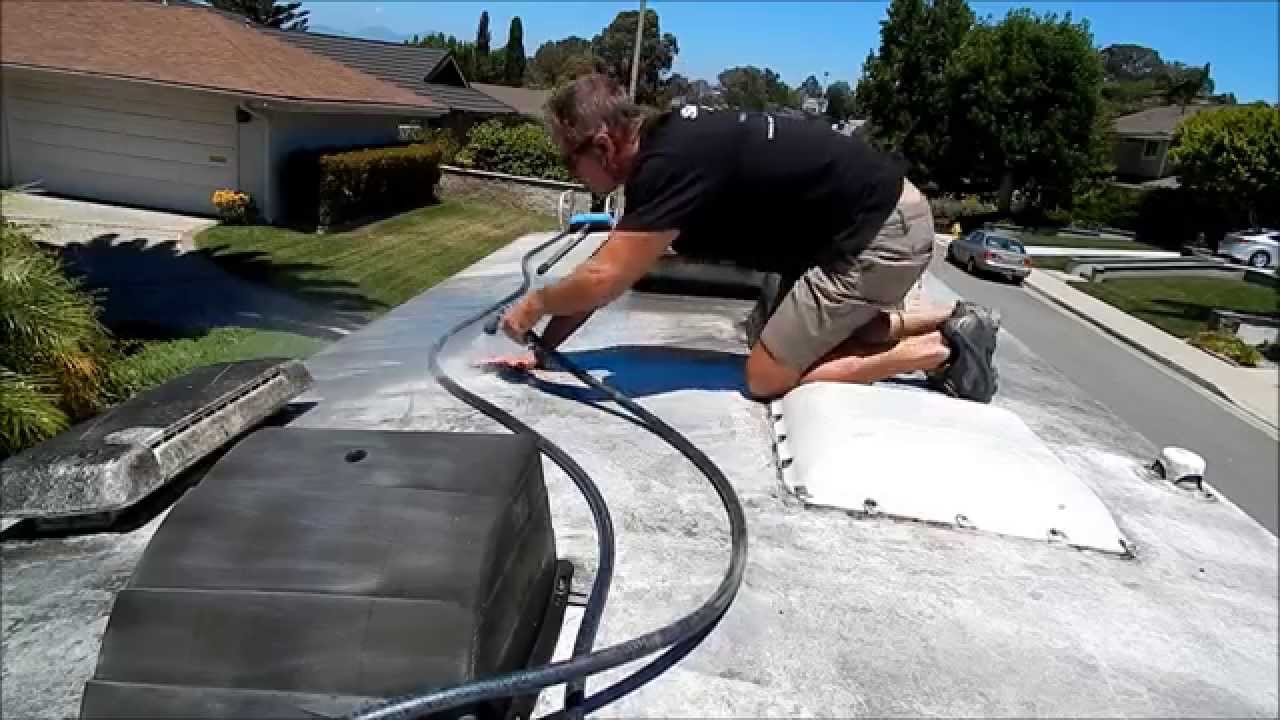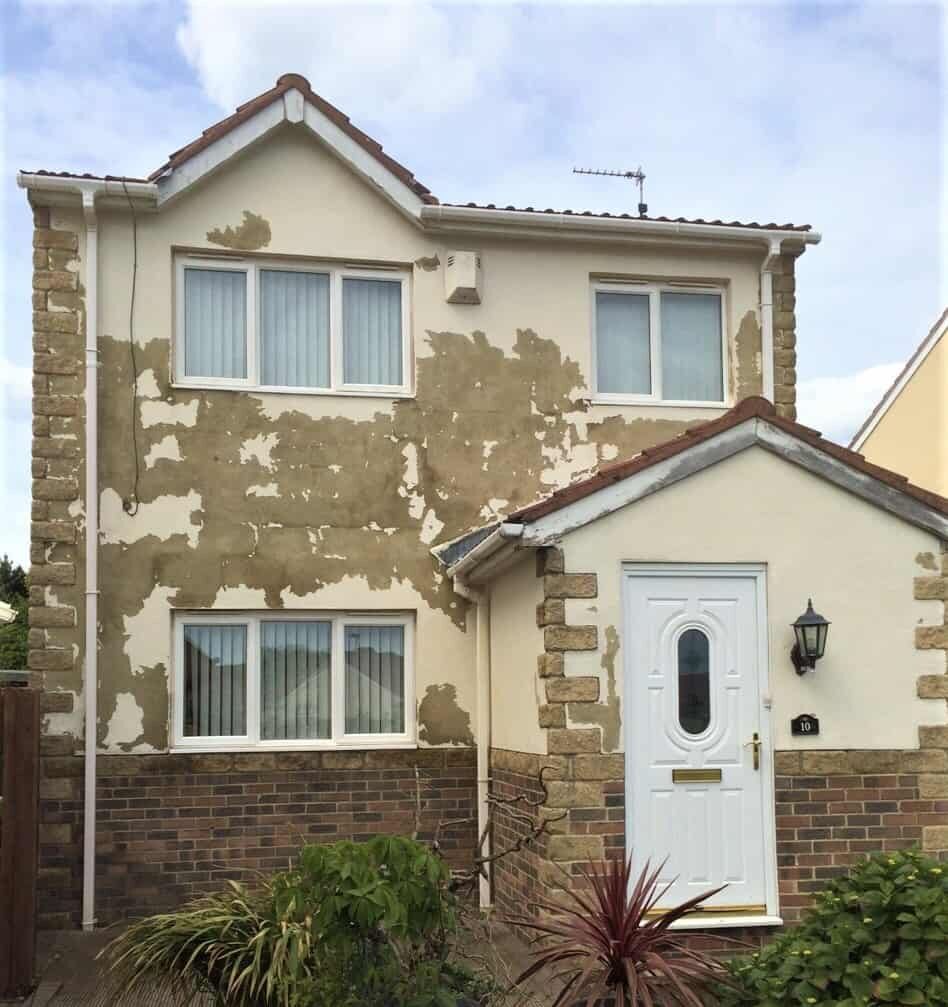Cool King – 7-Year White Reflective Elastomeric Roof Coating
May you like the Finest RV Roof Sealant Exhaust vents Visible cracks Unsealed edges and corners Wirings going into the roofing Antennas Around the exhaust fans and air conditioning system The process is simple. All you require to do is to In this approach, you don't need to utilize a chemical remover, but then, it might not use throughout all roof sealants.
You shouldn't disrupt the Recreational Vehicle roofing system to prevent a larger problem, such as damaging the other portions of the roof. In addition, some owners also use a hair drier in eliminating a rubber roof sealant, which is quite practical and easy if you're handling winter. On the other hand, you can likewise refer to the product manual that comes with the sealant that you bought.
Some of them suggest using a putty knife that can eliminate the roofing sealant. Others can suggest using a heat gun to take it out. You can consider any of these easy techniques to eliminate the set and dried sealant, specifically if you need to reapply the sealant or you have actually slipped up.
Browse Around This Website: Arizona roofing companies - DC Roofing of Arizona http://emilianotcex763.jigsy.com/entries/general/quick-setting-elastomeric-roof-coating
It can also seal around the edges and corners so that they stay water tight. Utilizing a sealant, you can likewise keep your Recreational Vehicle cool and dry on any weather. However, you might often need to get rid of the old rubber roofing finishing because you require to reapply a new one or fix some application mistakes.
Acrylic Roof Mastic
With it, you can use a new one to continue reaping its advantages, such as avoiding water damage, conserving money and preventing huge repair work. All these can also extend your RV's life expectancy and promote the convenience of everyone aboard your lorry.
 Roof Coat Elastomeric Coating Product Data Sheet
Roof Coat Elastomeric Coating Product Data Sheet
( This post may consist of affiliate links. For more information check out our Privacy page.) My Recreational Vehicle roof that needs to be changed! Welcome to my Recreational Vehicle Remodelling Series!.?.!! So you want a Recreational Vehicle however can't manage one. If you resemble me and have more time than money, then maybe your best option is to purchase an old Recreational Vehicle and fix it up.
All old RV's do! Time to think about an! I understand, a Recreational Vehicle roof replacement can appear like an impossibly uphill struggle. I get it. I purchased my RV over a year ago and didn't have the guts to begin tackling this task up until today. However I'm here to tell you, if I can do it, you can do it.
It has only 55,000 miles and all the home appliances work and I like the layout. The catch? Water damage! I've never ever worked on a Recreational Vehicle before and I need to confess, I'm frightened. I've done a lot of home remodeling and I'm still scared. That's because this is all brand-new to me and I have no idea what to anticipate.
Myths, Facts, And The Truth About Silicone And Elastomeric Roof Coatings
 How To Choose The Best Elastomeric Roof Coating
How To Choose The Best Elastomeric Roof Coating
So my very first action (that I actually did many months earlier when I bought the camper) was making a shelter so I might work without rain pouring in. I purchased a 12 x 26 SuperMax Canopy by ShelterLogic (over $450 on Amazon however I bought mine from Northern Tool for about $340!) and jacked up the legs with wood extensions to make the canopy high enough that I could stand on the roofing system and walk underneath it.
It looks like there are no canopies available that are high enough to work as a Recreational Vehicle carport. You could purchase an actual metal roof Recreational Vehicle carport however those are way more costly, generally $2000 and up! Also these don't usually have enough clearance above for you to work on the roof.
I calculated the expense of doing it that way (wood framing) and it came out to a comparable price as buying this canopy. I figured I would rather have it semi-portable so I opted for the canopy, plus this enables me to change the height up and down when I need to.
Eventually those bent during a wind storm. Then I sawed 1 1/4 square legs from 24's to put inside the canopy legs (once again holding the canopy up with pipeline clamps.) and enhancing the 4 corners with an additional 24 screwed to it. This is still a little floppy. I most likely must have handed over for some stiff steel pipe from the start.
Tips For A Better Roof
Simply make sure to stake the corners down with rope if you have any wind! I raised a 12 x 26 canopy to cover my work area. Time to climb up and have a look at a few of the problem locations on my old EPDM roofing system. EPDM is the most typical sort of rubber roof found on campers.
Fractures in the EPDM roof at edge of camper. An old spot task on the Recreational Vehicle rubber roofing system. Loads of caulk stacked over old problem locations. As you can see, this roofing system has had a great deal of problems throughout the years. Looking from the within of the camper there have clearly been leaks in many locations of the roofing system.
I grabbed an utility knife and began slicing. The first thing I observed is that there were 2 layers. On the bottom is the original EPDM rubber roof layer. I know it's EPDM rubber and not TPO rubber because of the black backing. (TPO roof is white on both sides.) On top of my EPDM roof is a thin Recreational Vehicle roof coating that was applied later.
I just left the roof finish stuck to the EPDM roof and pulled them up together. (You don't require to peel them up separately.) Starting to remove roofing system finishing. Peeling up section of the bottom layer of rubber. This reveals that the original RV roofing system was EPDM since of the black backing.
Elastomeric Coating System Installation Guidelines
 Instruction Tips – Black Jack Coatings
Instruction Tips – Black Jack Coatings
https://www.youtube.com/embed/hHfUVntLZJ4
I cut lines with an utility knife around components. All rubber roof removed from camper. This action went pretty rapidly. There was an adhesive under the bottom layer of rubber that was still pretty well stuck in numerous places, however with a great little bit of force it peeled up easily.
